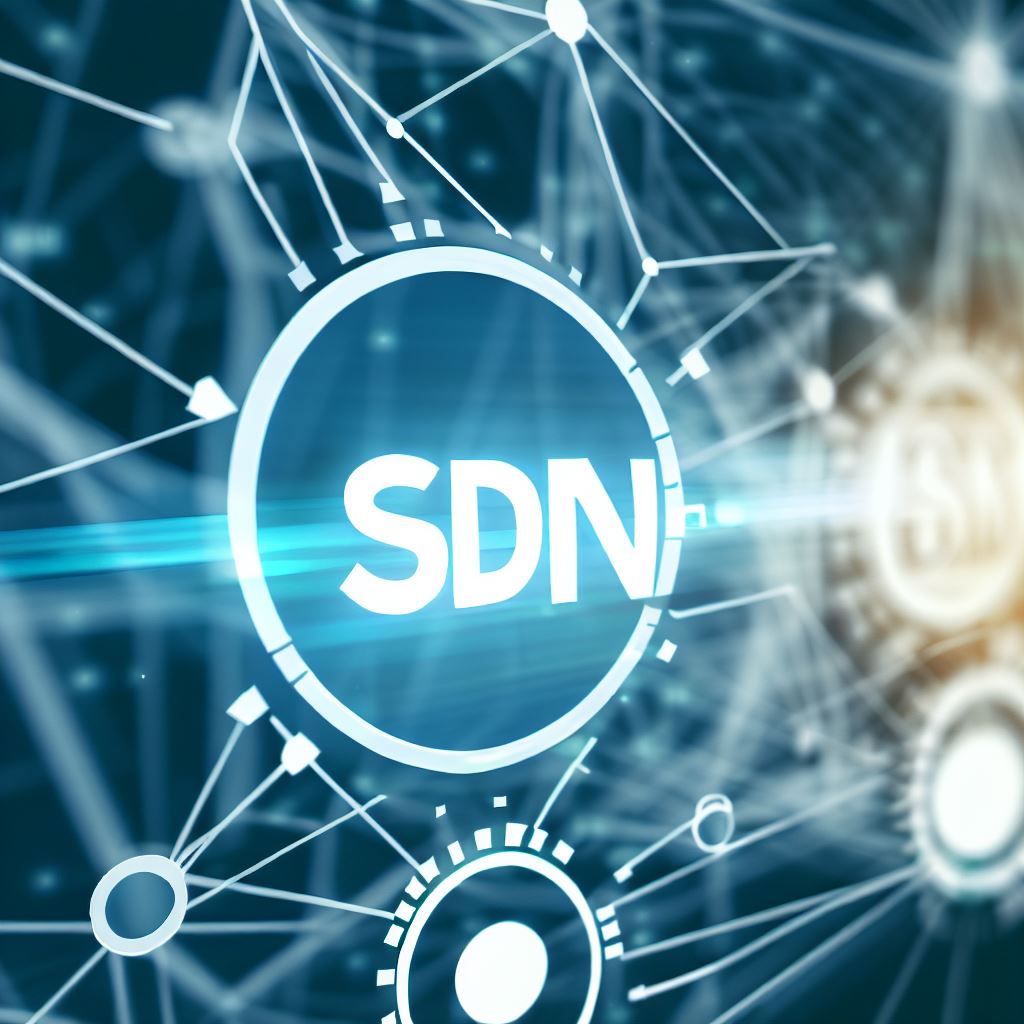In the ever-evolving world of networking, technologies are constantly adapting to meet the challenges posed by massive data growth, increased complexity, and ever-changing security threats. One such revolutionary concept that has emerged in recent times is Software Defined Networking, commonly referred to as SDN. But is SDN truly the future of networking? Let’s delve deeper into what SDN is, its benefits, and its potential implications on the future of networking.
What is SDN?
Software Defined Networking (SDN) is an approach to networking where control is decoupled from hardware and given to a software application, known as a “controller”. Traditional networking relies on individual devices (like switches and routers) having their own control plane. In contrast, SDN centralizes this control plane, providing a holistic overview of the entire network, and allowing for more efficient and dynamic configuration and management.
Benefits of SDN
- Centralized Control: The main advantage is the centralization of network control. This makes it easier to optimize traffic flow, allocate resources, and implement high-level, dynamic security policies across the entire network.
- Programmability: Network administrators can program SDN to adapt to varying requirements, making networks more adaptable and agile.
- Cost-Efficiency: SDN enables commodity hardware to be used in networks, potentially reducing costs. Additionally, as SDN solutions mature, the potential for automating many tasks may reduce operational expenses.
- Enhanced Security: With centralized control, SDN can offer a more holistic and dynamic approach to security. Policies can be swiftly updated or adapted in response to new threats.
- Innovation: The decoupling of the control and data planes allows vendors to innovate more freely in both hardware and software without being interdependent.
Challenges and Concerns
While SDN offers numerous benefits, it’s not without its challenges:
- Implementation: Transitioning from traditional networking to SDN can be complex, especially for large existing infrastructures.
- Security Risks: Centralizing control can also centralize risk. If the controller is compromised, it could put the entire network at risk.
- Skills Gap: SDN requires new skills and understanding, which might necessitate retraining or hiring new staff.
Is SDN the Future of Networking?
Given the benefits and the increasing adoption rate in various sectors, it’s clear that SDN holds great promise for the future. However, like any technological advancement, its long-term position in the market will be determined by how well it can address the challenges posed.
SDN’s ability to bring agility, programmability, and centralized control to networks can’t be overlooked, especially as the digital world becomes more interconnected, with the rise of IoT, cloud computing, and other data-intensive applications.
Moreover, as technologies such as 5G, edge computing, and AI-driven operations become more prevalent, the demand for dynamic and adaptable networks will only increase, making solutions like SDN even more relevant.
Finally…
SDN is undoubtedly shaping the narrative of modern networking. While it may not entirely replace traditional networking in every scenario, its influence in facilitating a more adaptive, efficient, and secure network environment is undeniable. As businesses and technologies continue to evolve, SDN will likely play a pivotal role in addressing the networking challenges of the future. Only time will tell if it becomes the predominant force in networking, but its impact is already being felt throughout the industry.
